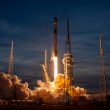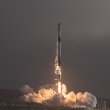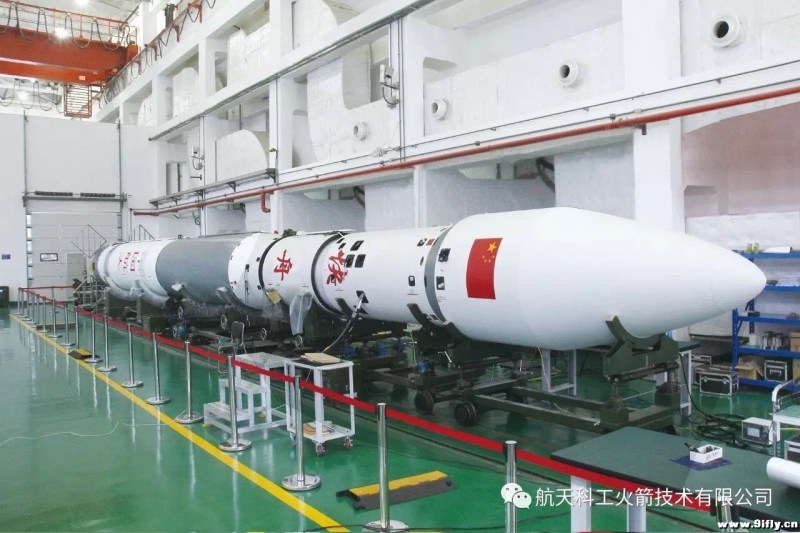Featured Image Credit: 9ifly
Lift Off Time | October 19, 2021 – 06:20 UTC October 18, 2021 – 22:20 BJT |
|---|---|
Mission Name | Jilin-1 Gaofen–02F (Gaofen–02F is a satellite in the Jilin-1 constellation) |
Launch Provider | ExPace (part of China Aerospace Science and Industry Corporation CASIC) |
Customer | Changguang Satellite Technologies Co Ltd |
Rocket | Kuaizhou-1A |
Launch Location | Jiuquan Space Launch Complex, North West China |
Payload mass | Unknown, but up to 300 kg (660 lb) |
Where is the satellite going? | Low Earth Orbit (LEO) |
Will they be attempting to recover the first stage? | No |
Where will the first stage land? | It will crash land in remote countryside, hopefully avoiding any populated areas |
Will they be attempting to recover the fairings? | No |
Are these fairings new? | Yes |
How’s the weather looking? | No information available |
This will be the: | – 40th Chinese launch of 2021 – 15th launch of a Kuaizhou rocket – 4th launch of a Gaofen payload on a Kuaizhou rocket – 101st orbital launch attempt of 2021 |
Where to watch | Official livestream (if available) |
What does all this mean?
ExPace, a division of China Aerospace Science and Industry Corporation (CASIC), will launch the Gaofen-02F Earth observation satellite on a Kuaizhou-1A rocket. The Gaofen-02F satellite will join the Jilin-1 constellation of satellites in Low Earth Orbit.
What is the Jilin-1 Gaofen-02F?
The Jilin-1 constellation is a set of high definition video remote sensing satellites in Low Earth Orbit. There are already three Gaofen 02 satellites in orbit as part of this constellation. An additional satellite was launched in 2020, but the mission was a failure. This constellation is the first set of Earth observation satellites from China for commercial use. The purpose of these satellites is for event monitoring and/or to assist in disaster relief.
The Gaofen-02F satellite has an optical system with different levels of resolution depending on the operating mode. In so-called “panchromatic” mode (meaning seeing all colors), it has a resolution of 0.75 m, and in “multi-spectral” mode, it can achieve less than 3 m resolution. It can capture imagery along a 40 km path from its 535 km orbit and is able to see up to 45° off to the side of its orbit in either direction. (Note: it can’t see a 90-degree wide path, but it can steer from -45° over to +45°.)
Gaofen-02F joins its siblings Gaofen-02A and 02B in the Jilin constellation. Gaofen-02C failed to reach orbit, but about a year later Gaofen-02D was successfully launched on top of another Kuaizhou-1A rocket on September 27, 2021 UTC ( September 26 local time).
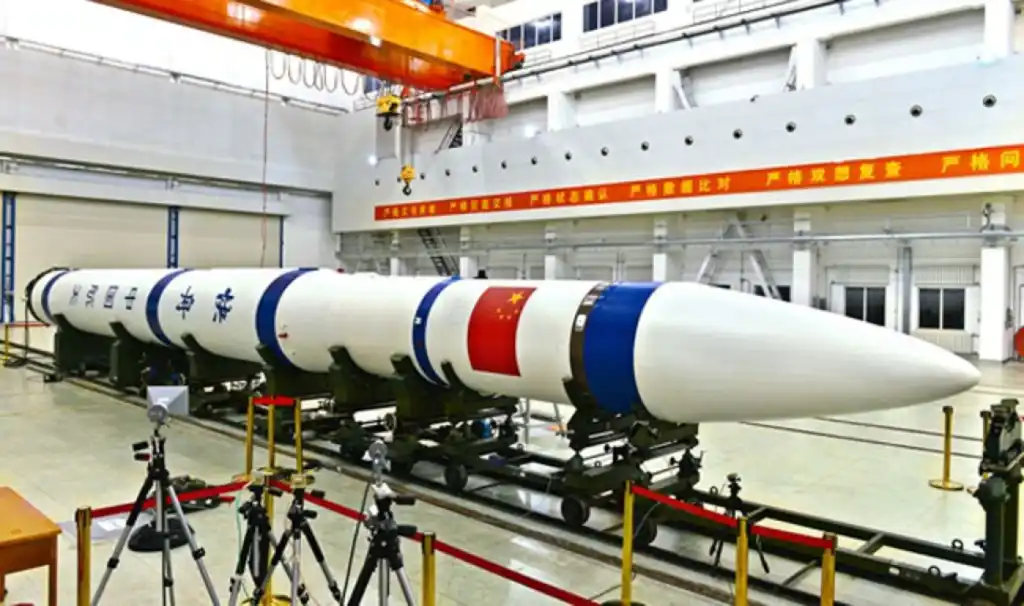
Kuaizhou-1A
The Kuaizhou rocket is a four-stage, small rocket for relatively low mass payloads to Low Earth Orbit. Its capabilities are similar to Rocket Lab’s Electron. Unlike Electron, however, it mostly uses solid fuel motors. Only the 4th stage is liquid-fueled.
Kuaizhou-1A is based on the two-stage DF-21 medium-range ballistic missile, and it first flew a commercial payload in 2017. It can loft up to 300 kg to a 500 km Low Earth Orbit, or 250 kg into a 500 km Sun-Synchronous Orbit (SSO).
Overall, the rocket is 20 m (~66 ft) tall with a maximum width of 1.4 m (~4 ft). At take-off, it has a mass of 30 tons, and it flies from a mobile transporter-erector vehicle, rather than a fixed launch pad.
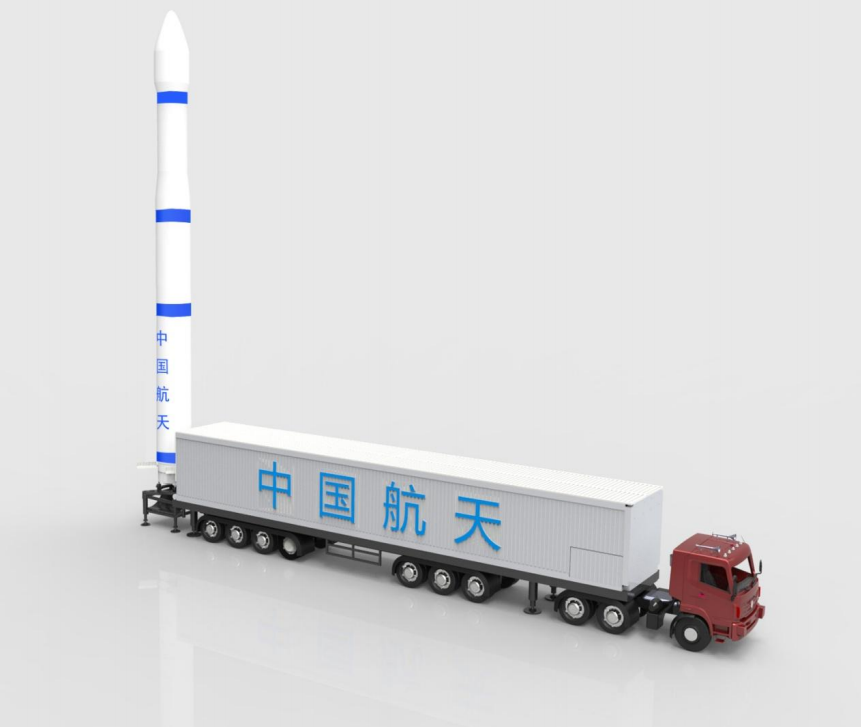
“Kuai zhou” means “fast vessel”. The launch preparation only requires 6 people and can be carried out in just 24 hours.
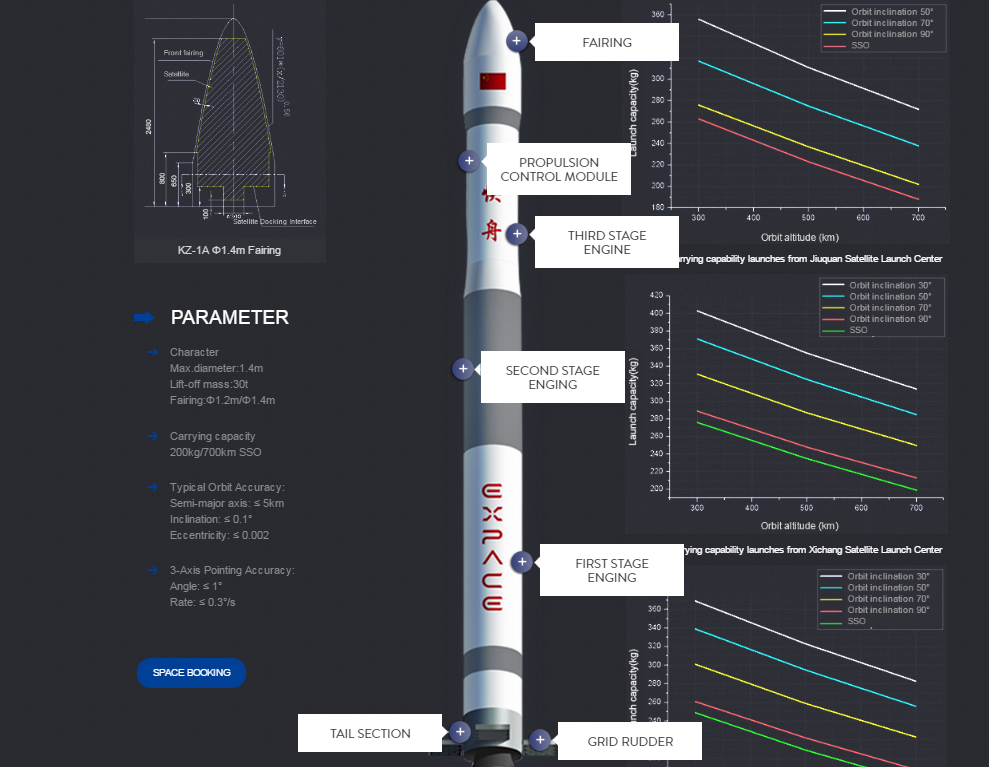
*The performance values listed for the stages below are taken from the Kauizhou-1A User’s Manual v1.1 (from 2016) and may be subject to revision if a later version of the Manual exists.
Kuaizhou-1A First Stage
The first stage is 1.4 m wide and has a solid fuel motor. It has a mass of 16.6 metric tons at take off, after which the solid motor burns for 65 s, delivering 2,352 Ns/kg (239.8 lbf s/lb) of thrust. Stage separation occurs at 83 seconds into the flight when the vehicle is about 36 km in altitude.
Kuaizhou-1A Second Stage
The second stage is also 1.4 m in diameter and also uses a solid fuel motor. The second stage is shorter than the first stage but not by much. The mass of this stage is 8,686 kg. Its motor burns for 62 seconds, providing 2,810 Ns/kg (286.5 lbf s/lb) of thrust. Stage separation takes place 161 seconds into the flight.
Kuaizhou-1A Third Stage
The third stage is slightly slimmer than the first two, at 1.2 m. It is significantly shorter than the second stage. This stage has a mass of 3,183 kg, and its motor burns for 55 seconds, giving 2,850 Ns/kg (290.6 lbf s/lb).
Kuaizhou-1A Fourth Stage
The fourth stage is the only part of the rocket that uses liquid fuel. It uses Monomethylhydrazine (MMH) for fuel and Nitrogen Tetroxide (N2O4) as oxidiser. Similar to the 3rd stage, it is also 1.2 m wide.
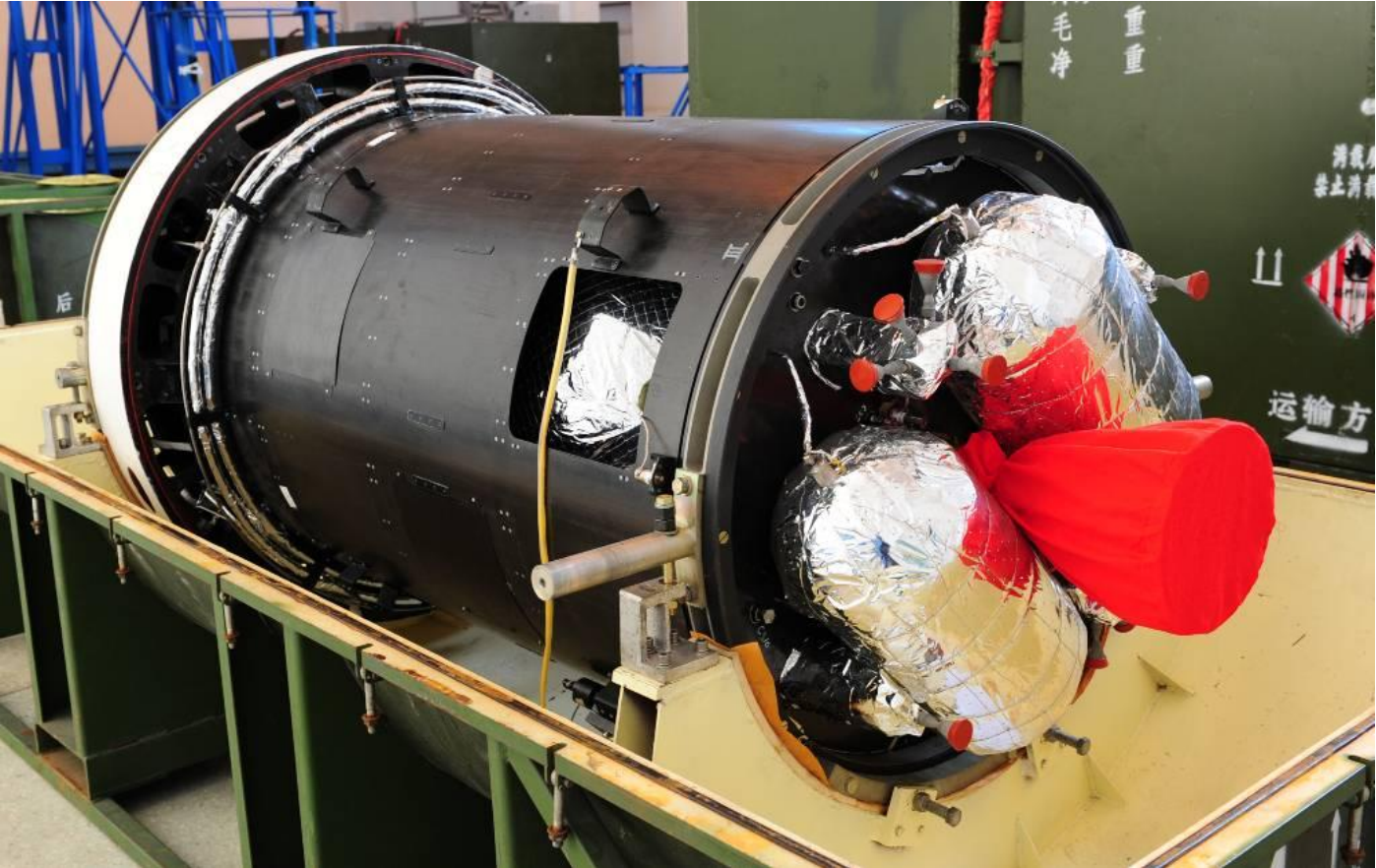
After stage 4 shutdown, the stage coasts for about 8 seconds. This is so that the vehicle will have the appropriate angular velocities for correct payload deployment.
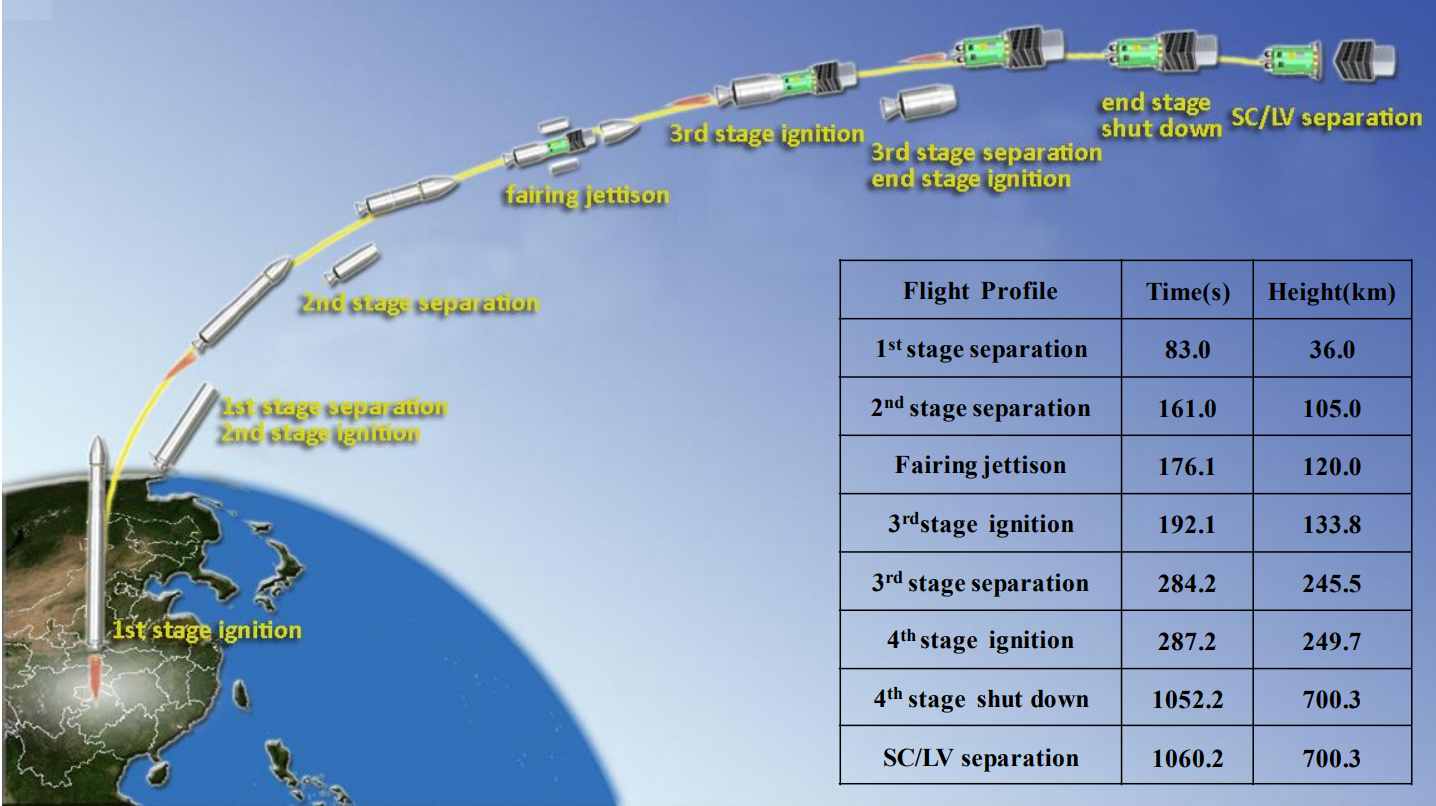
Launch Sequence and Countdown
The text below is based on what was available in the User’s Manual. Not all of the phrases are completely clear. Where possible, we’ve adapted the text for improved clarity – but in other cases, we quote verbatim from the User’s Manual.
| Time before launch | Procedure |
| T-240 min | Prepare for launch; launch vehicle erection |
| T-200 min | The whole checking of the launch vehicle |
| T-190 min | Satellite test (The test is allocated 1 hour, but the time could be adjusted based on the actual situation) |
| T-130 min | Install lattice rudders |
| T-95 min | Aiming |
| T-70 min | Correction of guidance before launch |
| T-25 min | Communication & Tracking System power-on |
| T-15 min | Recall satellite with GPS/BD2 |
| T-10 min | Demolition of defend breeze block |
| T-9 min 30 sec | Communication & Tracking System starts work |
| T-9 min 30 sec | Start the flow of launch |
| T-2 min | Control System power switch-over |
| T-1 min | Automatic ignition procedure start; engine gimbal check, safety control turning to internal power |
| T-0 sec | Ignition |



